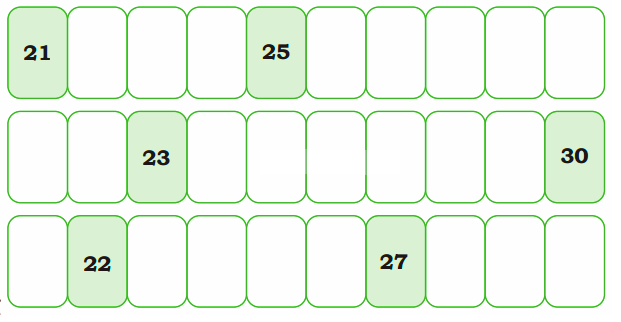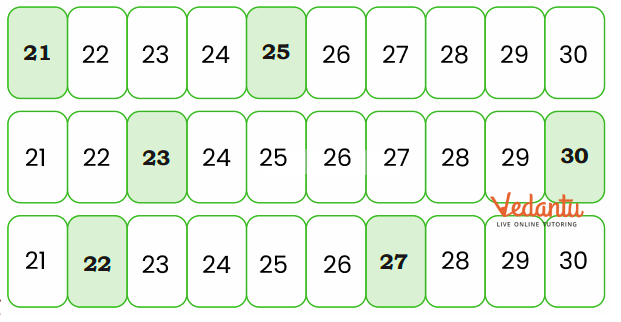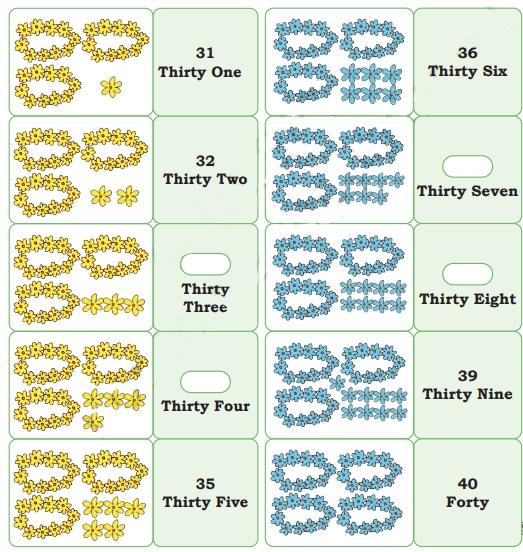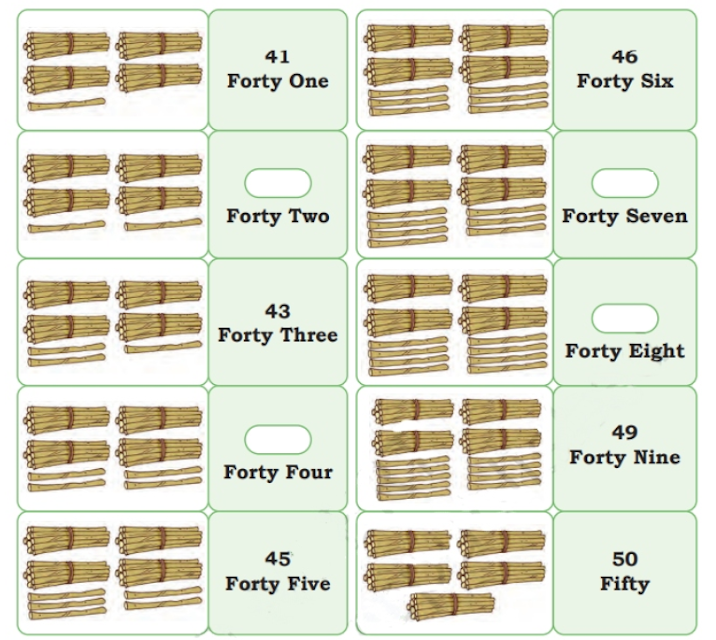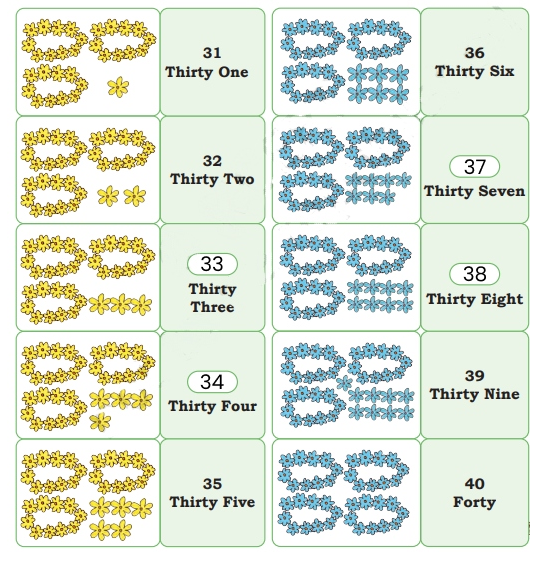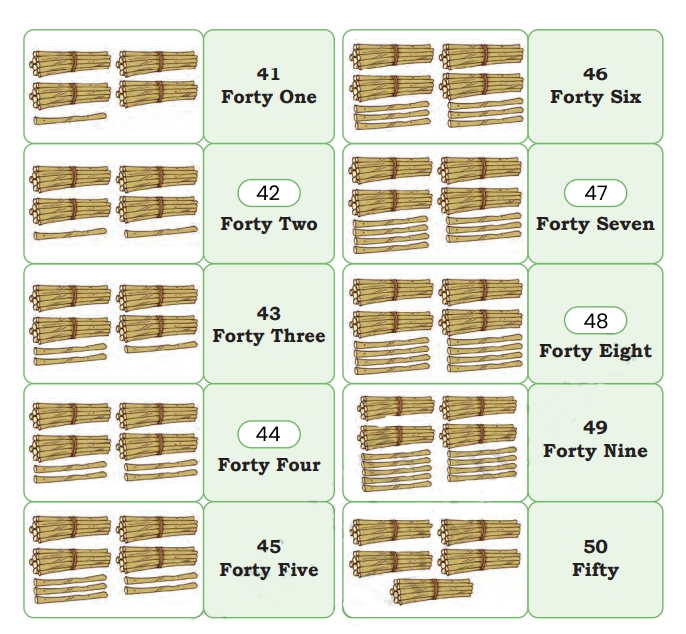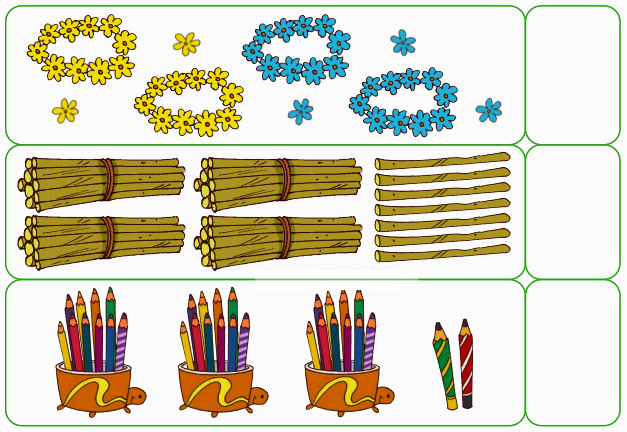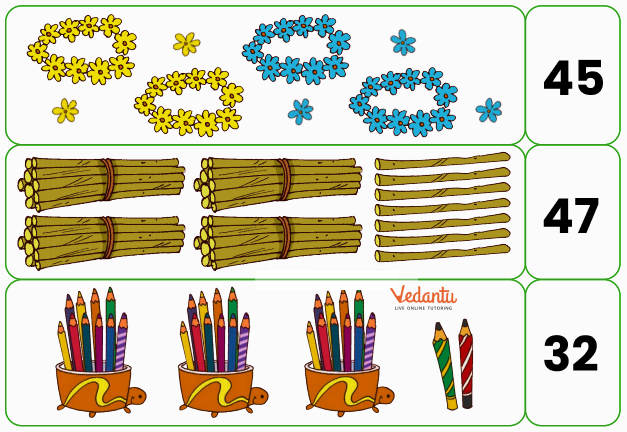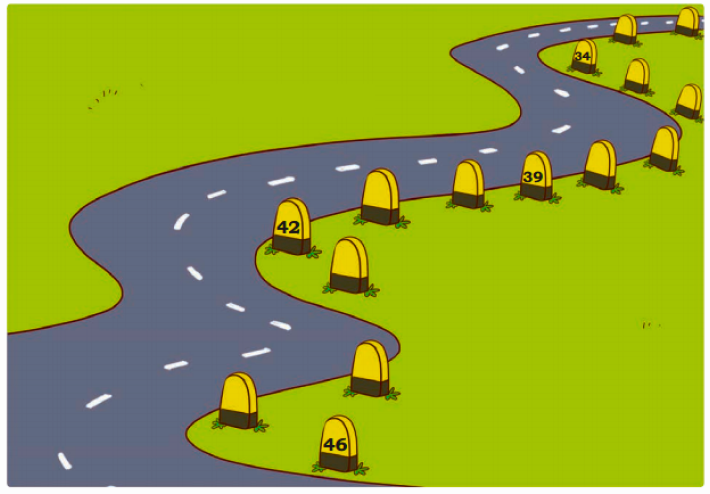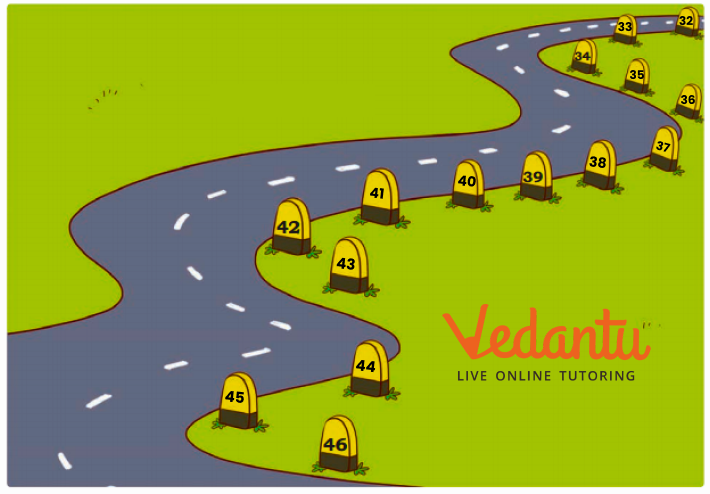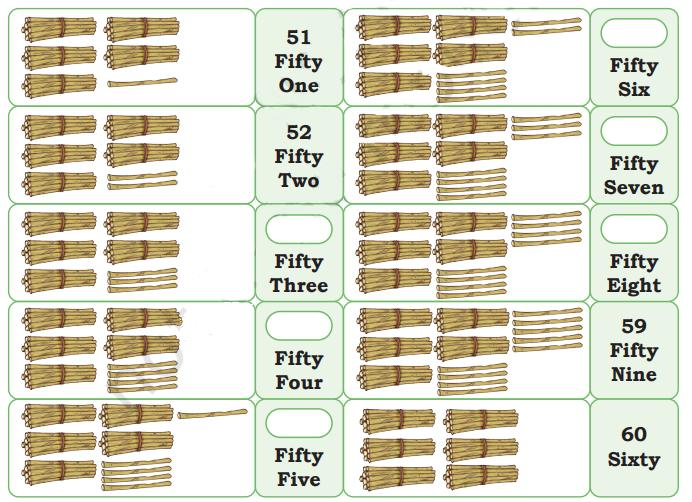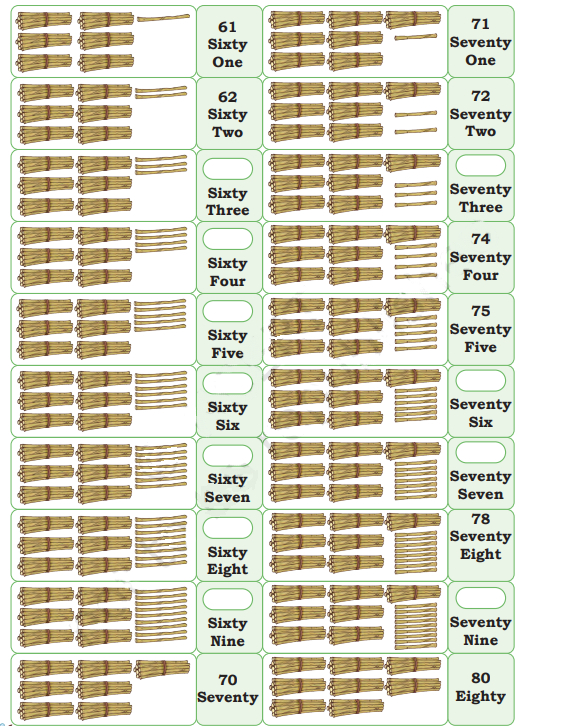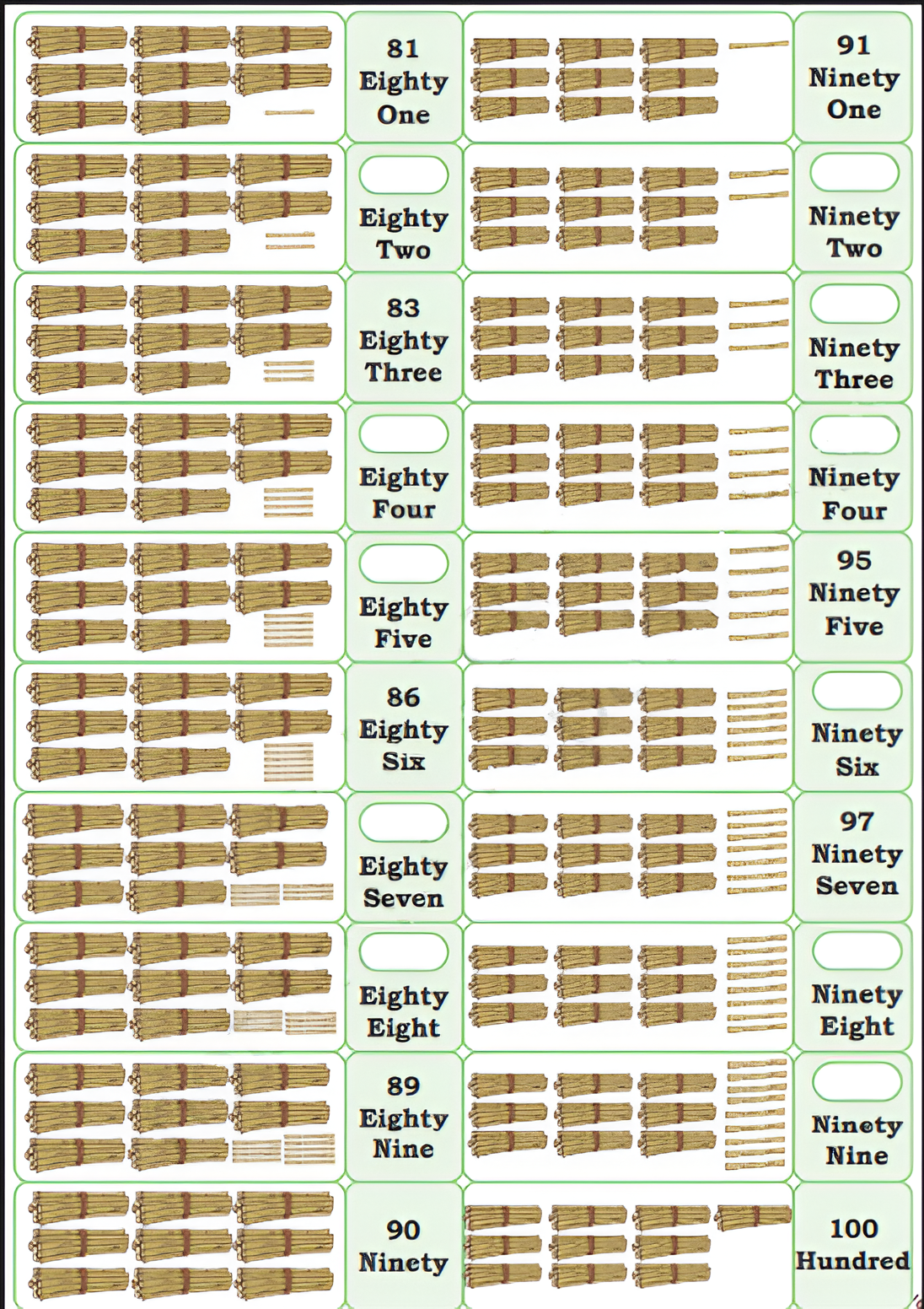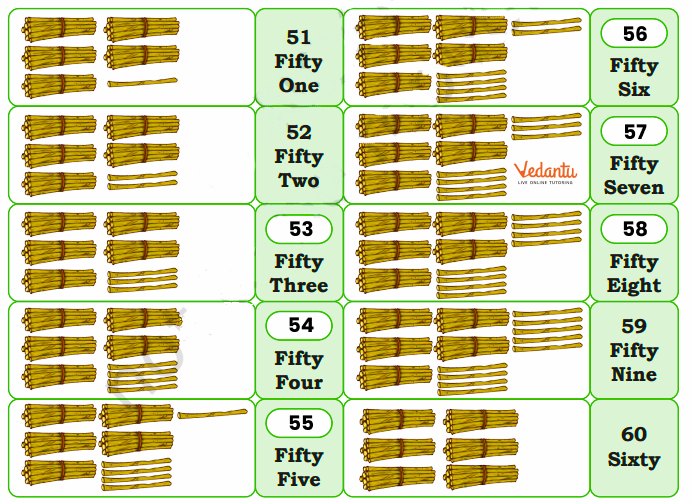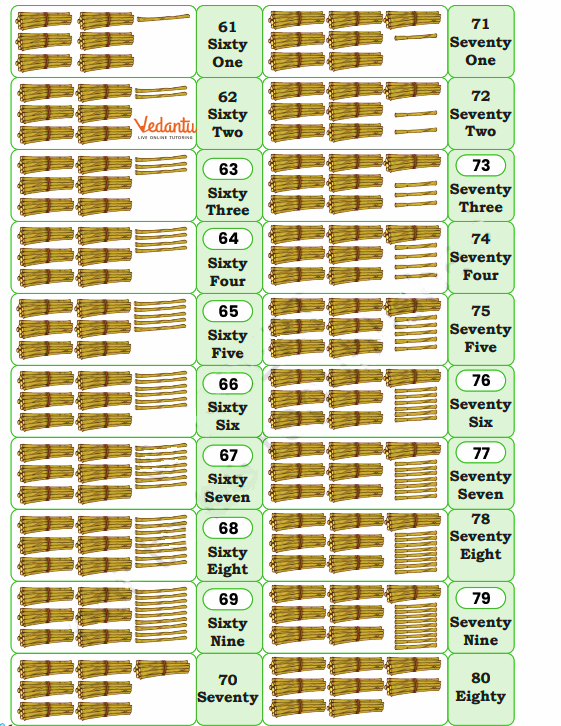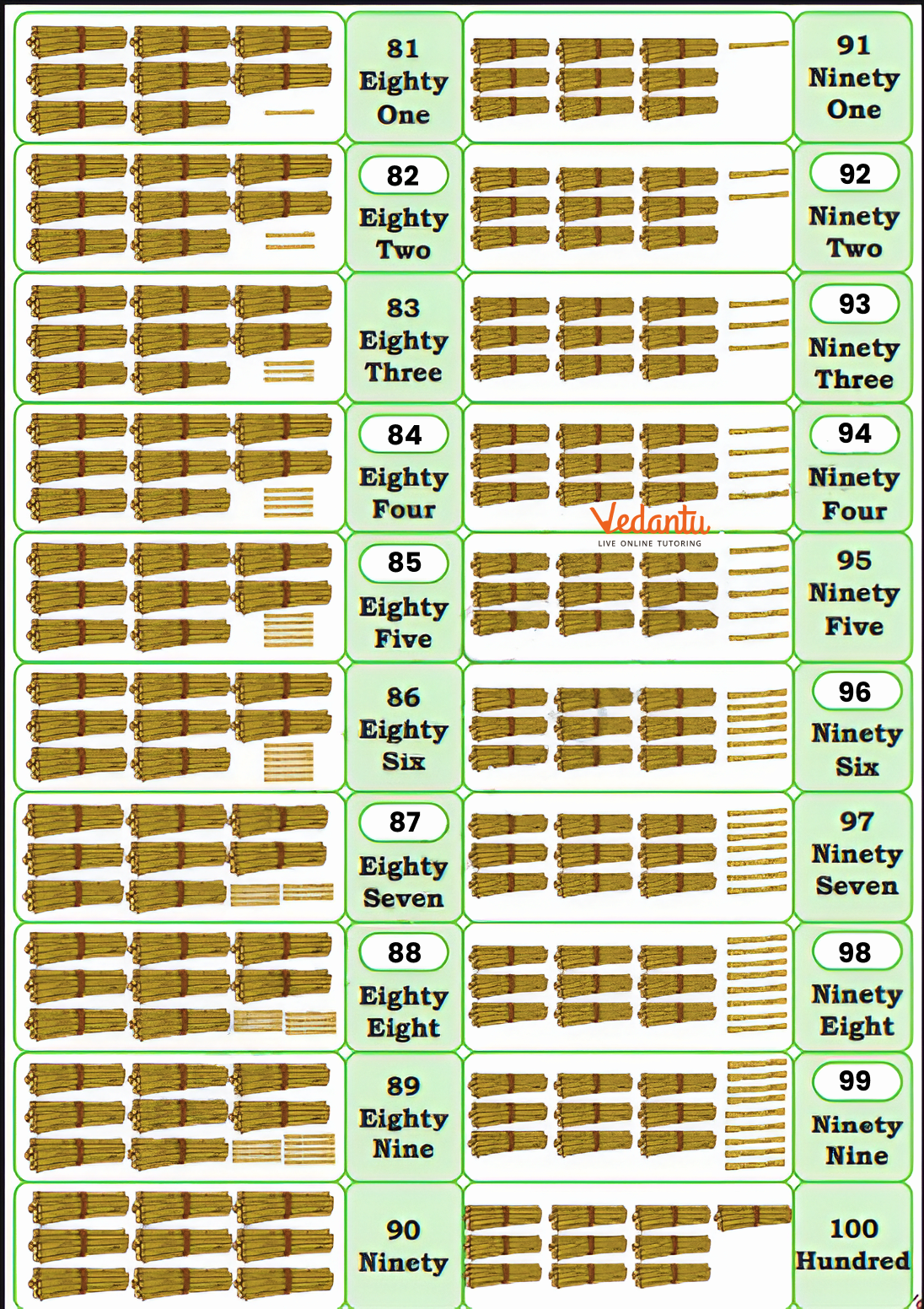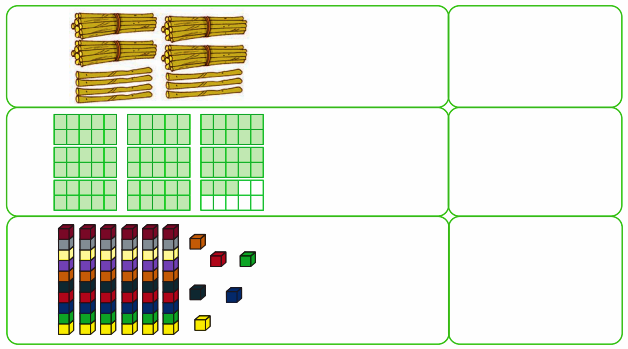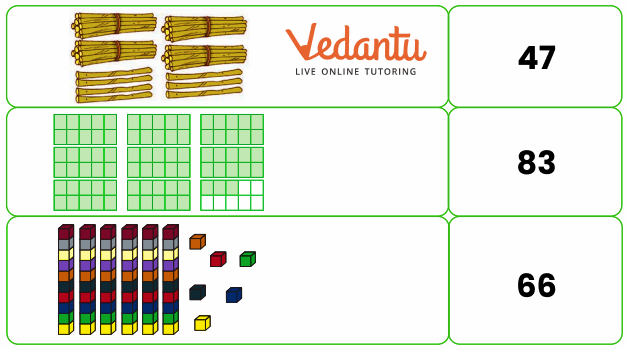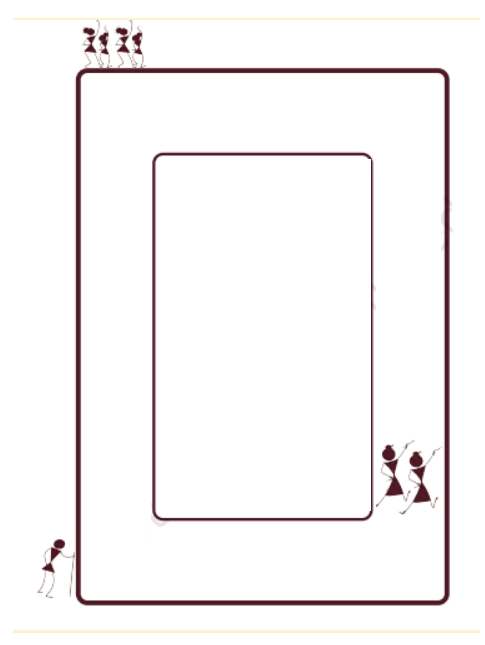Fun With Numbers - Exercise-wise Questions and Answers For Class 1 Maths - Free PDF Download
FAQs on NCERT Solutions For Class 1 Maths Chapter 8 Fun With Numbers - 2025-26
1. What does Chapter 8, "Fun with Numbers," teach?
Chapter 8 teaches students how to count, recognise, and arrange numbers from 21 to 99. It uses simple examples to help students easily understand these numbers.
2. How do NCERT Solutions for Class 1 Maths help with this chapter?
The NCERT Solutions provide clear, step-by-step explanations that guide students through learning numbers from 21 to 99. These solutions make it easier for students to understand and practice counting.
3. Are the solutions for Class 1 Maths Chapter 8 available in PDF format?
Yes, the solutions are available as a FREE PDF download. This allows students to access and study the material easily on any device, whenever they need it.
4. What do the NCERT Solutions include for Chapter 8?
The NCERT Solutions include detailed explanations, examples, and practice exercises. These resources help students learn and practice counting and recognising numbers from 21 to 99 effectively.
5. How do these solutions support exam preparation?
The solutions provide practice questions along with clear explanations, helping students review important concepts. This makes it easier for students to prepare and do well in their exams.
6. Can I access these solutions online?
Yes, the NCERT Solutions for Chapter 8 are available online on the Vedantu website. This makes it convenient for students to study and review the content at any time.
7. Are the solutions up to date with the latest syllabus?
Yes, the solutions are updated to match the 2024-25 syllabus. This ensures that students are learning the most current and relevant material.
8. How do the solutions make learning easier?
The solutions simplify the process of learning numbers by breaking down each step into easy-to-understand parts. This helps students learn without feeling overwhelmed or confused.
9. Are there any fun activities in the solutions?
Yes, the solutions include fun activities that make learning about numbers more engaging. These activities help students stay interested and enjoy the learning process.
10. How can students use the solutions for better learning?
Students can use the solutions to regularly review the explanations and complete the practice exercises. This helps them strengthen their understanding of numbers and improve their skills.
11. Are the NCERT Solutions good for self-study?
Yes, the solutions are great for self-study because they provide clear guidance and explanations that students can easily follow on their own, helping them learn independently.
12. How can students download the NCERT Solutions for Chapter 8?
Students can download the FREE PDF of the NCERT Solutions for Chapter 8 from the Vedantu website. This makes it easy for students to access and study the solutions whenever they need them.



















